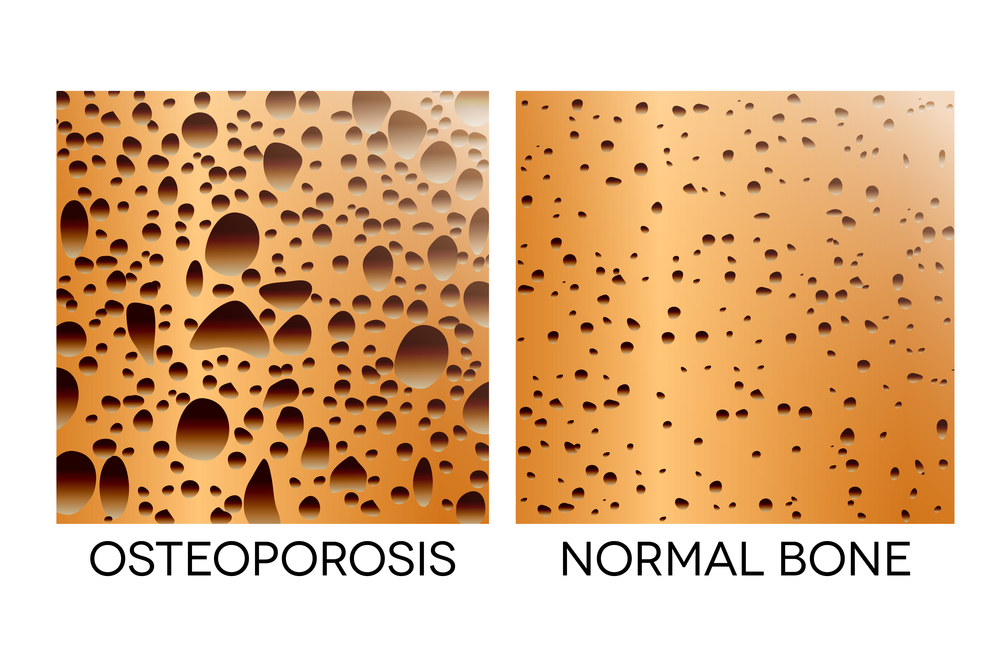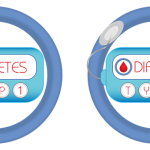Cold compresses can have a wide range of benefits. A cold compress can be anything from a frozen bag of peas, to an ice pack, to even a wet washcloth. Cold compresses can be used for a number of different things. They can be used anywhere on the body and can be used by both children and adults.
It is important to be careful when using a frozen ice pack or cold compress on a baby or infant. The extreme cold temperatures can be harmful to the infant in regulating their body temperature, or cause frostbite on their skin if applied directly.
Make A Cold Compress At Home
Cold compresses can even be homemade. You don’t need anything fancy from the store to get the benefits of a cold compress in your house. An easy one to make at home is to get a sealable bag that is clean. Find a washcloth that is clean and get it wet, be sure to wring out any excess water from the washcloth. Seal the washcloth in the bag and pop it into your freezer until frozen solid. Once it is frozen solid it is ready to be used. When using make sure you wrap it in a light weight towel and then apply to the injury or area.
Another homemade cold compress you can make is taking a clean sealable bag and adding either ice, frozen fruit or vegetables into the bag. You can then wrap that in a light weight towel and apply it to the injury.
Directions For Successfully Using A Cold Compress
When applying a cold compress to an injury it is good to remember RICE. Rest, ice, compression, and elevation. Rest means to limit use of the injured area. Ice, means to keep the area cold.
A good rule of thumb when icing an injury is to do 20 minutes with ice, and 20 minutes without. You want to avoid using longer than 20 minute increments. For swelling you can wait 2 hours in between reapplying the cold compressed.
Compression you will want to wrap the injured area in an ace bandage. It should be tight, but not cutting off any blood flow or circulation.
Elevation is when the injured area is raised above the heart. If your ankle is injured you will want to lay down with the ankle propped up on pillows to get it above your heart.
When To Use A Cold Compress
A cold compress can be used for many different things. It can slow or stop bleeding, reduce swelling and inflammation, prevent or limit bruising, as well as provide some pain relief. Taking over the counter NSAIDs like ibuprofen and applying a cold compress can be extremely helpful in reducing pain quickly.
You can also use a cold compress to help with a headache, muscle strain, gout pain, muscle spasms, tendonitis, fever, eye allergies, eye pain, hemorrhoids, and nausea.
Many doctors will suggest cryotherapy after surgery for recovery to help reduce pain and to control swelling.
When using a cold compress for a headache or fever it can be more helpful to use a wet washcloth than an ice pack. Finding one that will cover the whole head is best.
You can also place chilled washcloths on your neck, and chest to help lower your body temperature as well.
A rag on the back of the neck can be helpful for nausea, because it lowers the body’s temperature which can feel very soothing when nauseous.
When to Choose Cold Therapy over Heat Therapy
It is important to know whether or not you need a cold compress, or heat. Heat brings blood to the area, can help reduce stiffness, reduce muscle spasms, but should never be used for the first 48 hours after an injury. A good rule to go by when deciding on if you need heat or cold is if the injury or pain has lasted for longer than 6 weeks then you need heat rather than cold.
Arthritis is better soothed with heat than a cold compress.
Cold Compress Safety
Never apply a cold compress directly to the skin, it can cause cold burns, or even frostbite.
Never use cold on a major injury. A major injury will not be solved by using a cold compress, and it will be better to seek medical attention right away then waiting to see if ice will help.
Don’t use a cold compress in areas that have decreased sensation, such as an area affected by diabetes.
Takeaway
A cold compress numbs the area that is touching, which can help reduce pain as well as reduce swelling and inflammation. There are many uses for a cold compress from reducing a fever, to headaches, or a sprained ankle. Never use a cold compress longer than 20 minutes.
If after 48-72 hours there is no change in swelling or pain after using cold compresses then you will want to seek medical attention. Your injury may be more severe than you know.
Cold compresses are easy to make at home and can be used on both children and adults.
An ice pack can help a sports injury but can also help a headache! Know when to use a Cold Compress to improve your health! #HealthSurgeon
Sources:
https://www.hopkinsmedicine.org/health/treatment-tests-and-therapies/ice-packs-vs-warm-compresses-for-pain#:~:text=Cold%20numbs%20the%20affected%20area,also%20reduce%20swelling%20and%20inflammation.
https://orthobracing.com/blogs/resources/top-benefits-of-cold-compression
https://www.brownmed.com/blog/cryotherapy/4-health-benefits-of-cold-therapy/
https://www.healthline.com/health/make-cold-compress#caution
https://www.medicalnewstoday.com/articles/321950#takeaway









